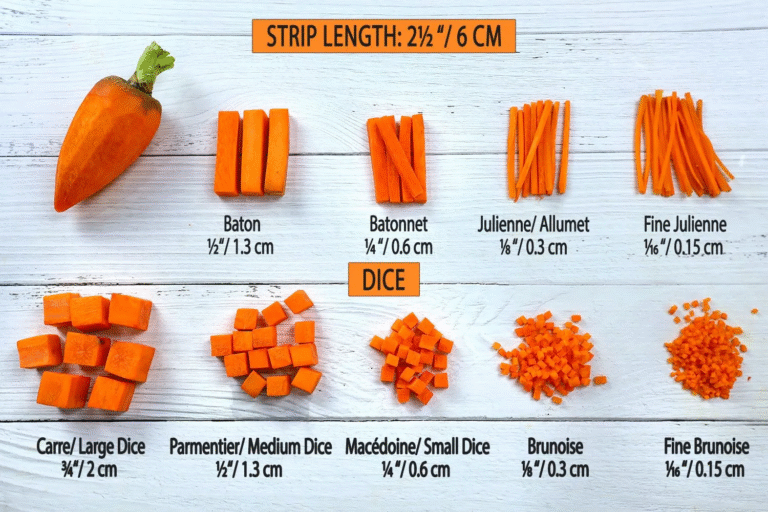Granny Squares Crochet: A Synthesis of Utilitarian Craft and High-Fashion Artistry
The granny square, a modular crochet motif worked in the round, stands as a remarkable testament to the evolution of a craft from its utilitarian origins to a recurring icon in haute couture. Born from thrift and necessity, its simple construction belies a sophisticated adaptability that has ensured its persistence and relevance for over a century. An examination of its technical development and its cyclical journey through cultural and fashion landscapes reveals a unique intersection of accessible handicraft, mathematical principles, and high-art application. This report will delve into the nuanced history that shaped the granny square, the technical and structural mechanics that define its versatility, and its contemporary applications which have elevated it from a domestic staple to a symbol of artisanal chic on the global stage.
From “Crazy Work” to Cultural Icon: The Historical Trajectory
The genesis of the granny square is directly linked to the “crazy quilting” fad of the late 19th century, a textile art form characterized by piecing together irregular scraps of fabric. [1] The first documented pattern resembling the modern granny square was published in the Prairie Farmer magazine on April 5, 1885, by a Mrs. Phelps, who explicitly stated her design was an attempt to translate the principle of “crazy work” into crochet. [1][2] This initial design was innovative not only in its modular concept but also in its use of worsted weight wool, a departure from the finer lace-weight threads common in crochet at the time. [3] The distinctive black border often associated with traditional squares was also a nod to the black ribbon used to join patches in crazy quilts. [1] While variations appeared in publications like The Art of Crocheting (1891) and Weldon’s Practical Needlework (1897), the definitive version of the pattern, which became the standard, was published by Eva Marie Niles in The Boston Globe in 1888. [4][5] The name itself evolved, appearing as “granny afghan” in the 1930s before the term “granny square” was first found in print in 1953. [4] Its rise to cultural prominence occurred during the 1960s and 70s, where it became a powerful symbol of the counter-culture and DIY movements, embodying nonconformity and self-expression. [2][6] This strong association with American craft culture led to it being referred to as “American Crochet” in Europe, cementing its status as a transatlantic icon. [6][7]
The Structural Mechanics and Technical Evolution of the Square
The granny square’s enduring appeal is rooted in its fundamental structure, a geometric progression that is both simple to execute and mathematically sound. [8][9] A traditional square is constructed from a basic set of stitches—chain, slip stitch, and double crochet—arranged in clusters (typically three double crochets) and worked outwards from a central ring. [5] The geometric integrity of the square is maintained by a consistent formula: each round adds one cluster to each of the four sides, with corner spaces created by two clusters separated by chains. This results in an arithmetic progression where the number of clusters per round increases by four (e.g., 4, 8, 12, 16). [8] This predictable growth allows for precise project planning, enabling crafters to calculate the final dimensions and required yarn yardage with relative accuracy. [8][10]
Beyond this classic form, the granny square has evolved into a canvas for immense technical variation. The “solid” granny square eliminates the characteristic gaps by using a continuous arrangement of stitches, creating a denser fabric suitable for structured items like bags. [11] The “Sunburst” granny square introduces circular and puff stitch elements in the initial rounds before being squared off, creating a floral or solar motif with significant textural depth. [12] More advanced techniques have given rise to 3D granny squares, which use layering and specialized stitches to create dimensional patterns like flowers or animals, and overlay crochet squares that achieve intricate, textured designs. [13][14] The very hook and yarn choice significantly impacts the final fabric; using a larger hook than suggested for the yarn weight can create a drapier fabric for garments, while a smaller hook produces a stiffer, more durable material ideal for purses or home goods. [15] This inherent adaptability in both structure and material choice is a core reason for its boundless applications.
Diverse Applications: From Domestic Comfort to Haute Couture
While historically associated with afghans and household textiles, the granny square’s modularity makes it exceptionally versatile for a vast range of applications. Its resurgence in contemporary culture is most visible in the fashion industry, where it has been embraced by both street style and high-fashion houses. [16] The 1970s bohemian revival saw granny squares fashioned into vests, ponchos, and skirts, establishing a “hippie-chic” aesthetic. [6] In the 21st century, this trend has been elevated to the runway, with designers like JW Anderson, Missoni, and even Dior incorporating the motif into their collections. [17][18] These high-fashion applications often deconstruct or reimagine the square, using luxury yarns and sophisticated color palettes to transform it from a homespun craft into wearable art. [16] For example, a celebrity-worn multi-colored cardigan sparked a viral trend, demonstrating the square’s potent blend of nostalgia and modern style. [17]
Beyond fashion, the granny square serves a therapeutic and community-building function. The repetitive, rhythmic motions of crocheting have been shown to induce a meditative state, reducing symptoms of anxiety and depression by releasing serotonin. [19][20] Studies and anecdotal evidence highlight crocheting’s role in improving focus, providing a sense of accomplishment, and even postponing age-related memory loss. [21][22] The simple, portable nature of the granny square makes it an ideal entry point for beginners and a staple for community craft projects, where individuals contribute squares to create larger collaborative works like blankets for charity. [20] This dual identity—as a high-fashion element and a tool for wellness and community—ensures the granny square’s continued relevance, proving it is far more than a simple block of yarn, but a dynamic and enduring cultural artifact. [14][23]



